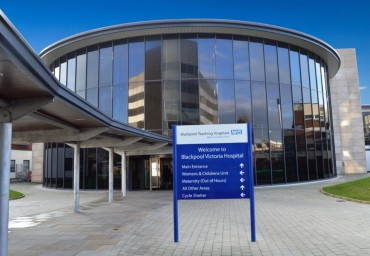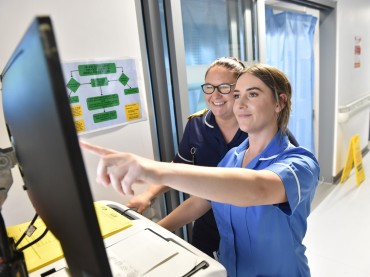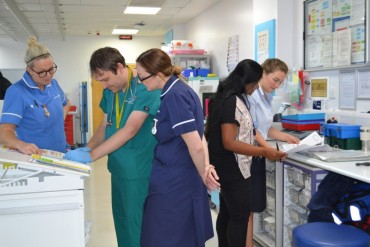After your procedure, you should keep the area clean and dry for between 24 and 48 hours or as your surgeon instructs.
After that you can bath or shower as usual, gently washing the wound with soap and warm water. You may have had a procedure that did not require stitches.
After surgery keep the area dry for 24-48 hours. The wound will take 2-3 weeks to heal.
A crust or scab will form; avoid picking this as the healing process will be delayed. The scar will be quite red and raised initially, however over several weeks should become pale and flat.
It is not essential to keep a dressing on: However, if the surgery is in a place that may become dirty or easily damaged, you may be required after the first two days to apply a small dressing for several days.
If you have stitches in your skin, you will usually need to make an appointment with the practice nurse at your doctor’s surgery for them to be removed. Alternatively, it might be possible for stitches to be removed at a walk-in centre.
You may have dissolvable stitches in your skin which do not need to be removed. Dissolvable stitches can take several weeks to dissolve. Occasionally, a stitch will not dissolve completely. This usually occurs when part of the stitch is left on the outside of the body.
If they are still bothering you after the wound has healed, make an appointment with a nurse at your local GP surgery. They can gently remove any loose ends that are visible. It is normal for all wounds to be red and slightly tender while they heal. But if the wound starts to swell, become red, hot, painful, or discharges, it may be infected.
You should contact:
Dermatology Unit
Monday to Saturday at Clifton hospital
8am-8pm - 01253 957079.
If you have any pain or discomfort from the wound once the anaesthetic wears off, it may be relieved by Paracetamol taken as directed. It is common to develop some bruising, especially after local anaesthetic injections on or around the eyelids. This will settle in a week or two.
If you have had stitches, you should avoid stretching that area of skin, at least until the stitches have been removed, but also for up to 6 weeks. This is especially important for wounds around the shoulders or upper back area. Here, there is a tendency for scars to become broad if they are stretched, and once this happens it cannot be corrected. Therefore you should limit activities such as lifting or stretching, sports or gym.
Most biopsy specimens are sent to our histology lab to be examined. This may take up to three weeks. A result letter will be sent to your GP or a follow up appointment will be sent to your home address.
You may need to have further treatment once the result is known.
There will be a permanent scar. Usually the scar is quite minor, but occasionally it may be more noticeable. The face tends to heal very well, but scars on the back and legs can be more pronounced. It can take up to 2 years before the final appearance becomes apparent.



